North America Grows its Professional Go Roster

The North American pro qualification tournament 2022, game reviews, criticism and history behind the birth of a new Go federation.

Two New Professional Players
On July 1st, 2022, the North American Go Federation (NAGF) added two new professional players to its roster after five days of combative and imaginative matches.
Kevin Yang of California and Alexander Qi of New Jersey, both 14 (at the time of the event), topped a field of eleven other talented amateur players that included Remi Campagnie, Eric Lee, Val Lewis, Nate Morse, Tyler Oyakawa, Eric Yoder, Edward Zhang, and Yuan Zhou.
The two teenagers captivated spectators the entire weekend with their exceptional play as they emerged as the top players of each group. Yang went 8-1 and Qi went 8-2 (including the semi-final and final rounds) with their only losses coming to each other.
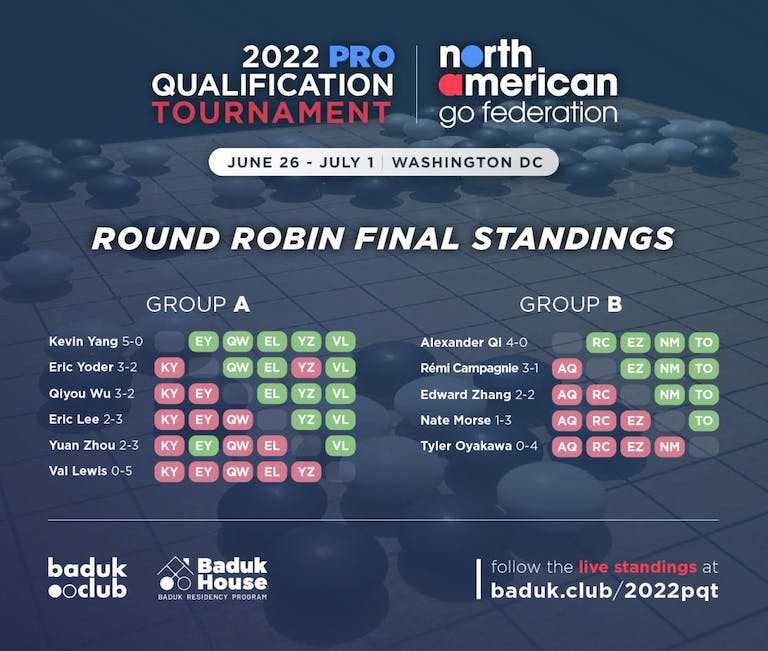
Outside of Qi’s and Yang’s match, one of the most memorable games was between Eric Yoder and Remi Campagnie in the last-chance round. In the game, Yoder played out a broken ladder in order to kill an eleven stone group and secure nearly a quarter of the board. You can view the video below.
Throughout the tournament, Yoder had several wild games that featured huge swings in territory and winning percentage. However, his run ended versus Alexander Qi, where Qi defeated Yoder 2-0.
In an interview with North American professional player Ryan Li, Qi stated Yoder modeled his strategy after Yang’s winning approach versus Qi, and that Yoder’s strategy was to “build a moyo and let me invade and then attack me.”
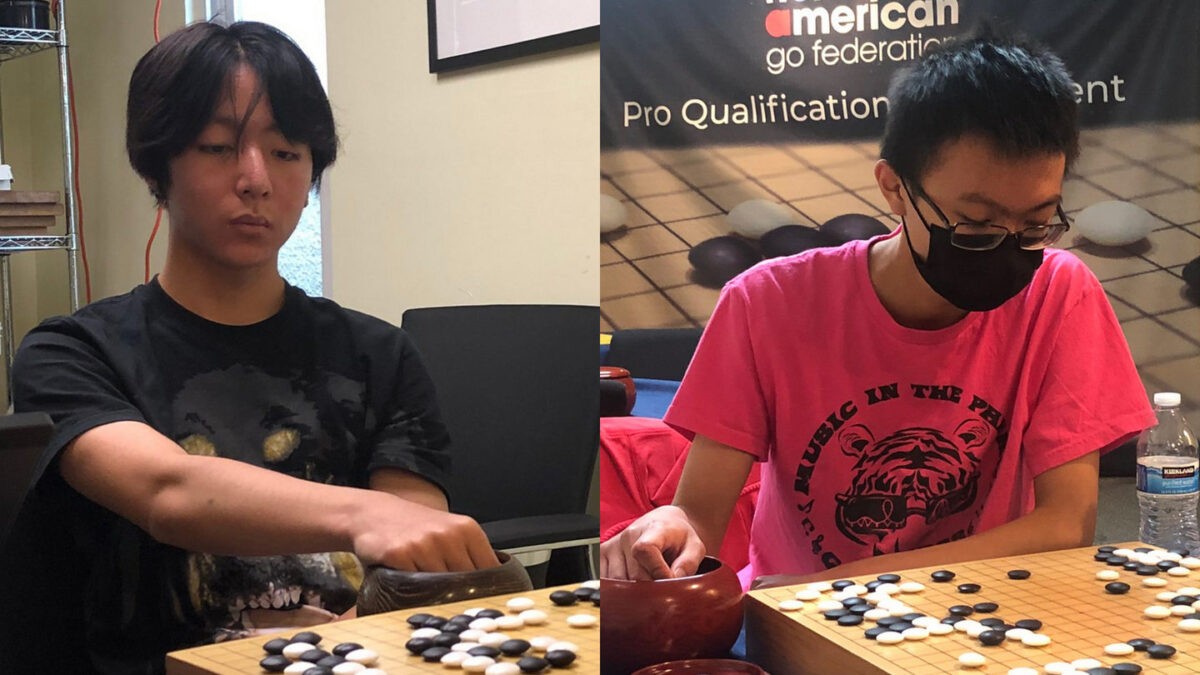
Criticism and Support from the Community
The event was a big success for North American Go, but the lack of advertisement and publicity led to criticism in the community. In fact, the well-known Youtuber and Twitch streamer, Dwyrin, posted a video called, “Ok AGA – We Need to Talk” during the event, where he criticized the AGA for their lack of promotion before the event.
One community member, Devin Fraze (founder of Baduk Club), also noticed the lack of a live stream and, with his team, launched a Twitch stream the same day.
Despite little time to prepare, they put together a high-quality stream that included commentary from well-known members of the Go community including top players Albert Yen 8D, Daniel Gordeau 7D, Ricky Zhou 7D, Manuel Velasco 6D, Justin Teng 6D, James Sedgweick 5D (Canadian Go Association president), and Nick Prince 4D (CGA vice-president). A lot of viewers were also excited to see popular Youtubers and Twitch streamers Clossius, thelovingsun, telegraphGo, Tangjie, MidnightTheBlue, and BeginnerGo on the broadcast as well.
After the event, Fraze interviewed Qi and Yang. In the video, they review Qi’s and Yang’s third game in the final and Qi’s game vs. Remi Campagnie. In the interview, both Qi and Yang emphasized prioritizing school over Go, but they still plan to compete and take part in the community.
What is the AGA and the CGA?
Readers outside of North America may be unfamiliar with the AGA (American Go Association) and the CGA (Canadian Go Association). According to the AGA’s website, Edward Lasker, a cousin of the famous chess player Emanuel Lasker, learned Go from Japanese students and became entranced with the game. Lasker then started Go clubs in the United States and Canada, before eventually forming the AGA alongside a few other dedicated players in New York in 1937. Lasker is one of the most important figures in CGA and AGA history. He was a pioneer of Go in North America, and is remembered through the AGA Edward Lasker Award, which is given to AGA members who have provided “large amounts of service” to the AGA. The last recipient was Terry Benson in 2017.
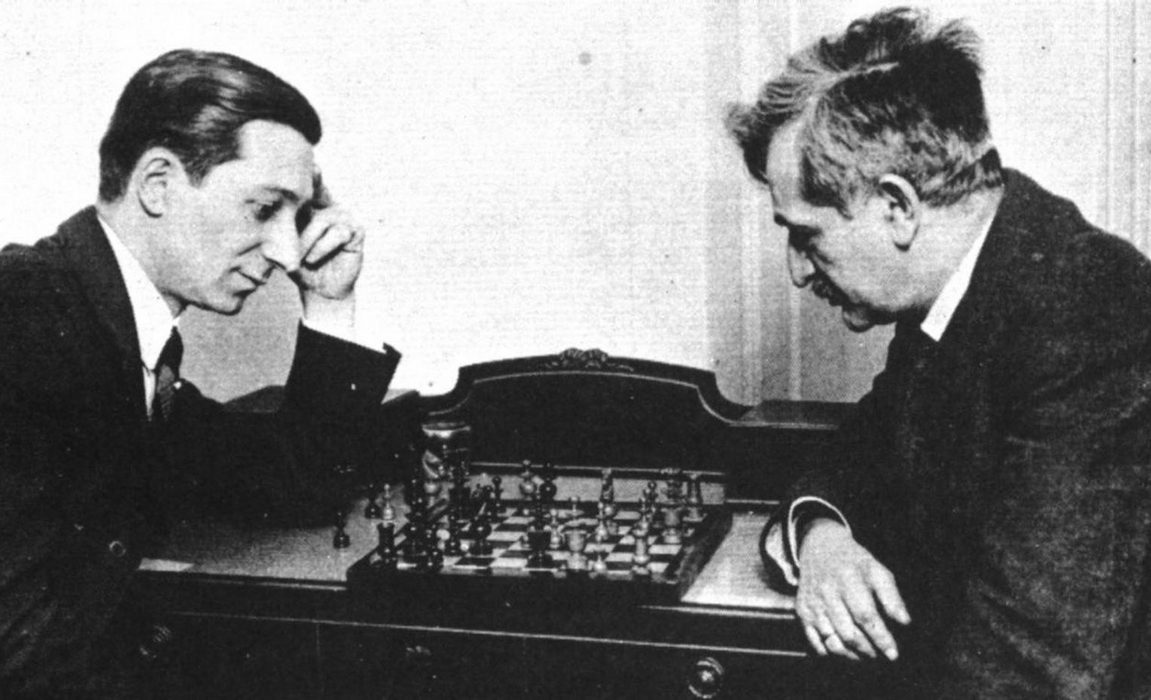
The CGA started out as a collection of clubs throughout Canada, before several prominent members of the community came together and founded the CGA in the 1970s. Both the CGA and AGA organize events, and provide a central governing body for the Go clubs of the United States and Canada.
The AGA initially worked with the Korean Baduk Association to grant professional status in 2012 for the first North American professionals: Andy Liu, and Gansheng Shi. This journey was documented by directors Will Lockhart and Cole D. Pruit. The two filmmakers captured the entire first AGA pro qualification tournament.
Look for our upcoming “The Surrounding Game” exclusive article that includes an interview with the director.
However, after a few years of hosting the tournament it became clear that neither the AGA or CGA were designed to support a professional system, and in 2021 they worked to form the NAGF to operate as their own independent governing body to run the professional scene of North America.
What is the NAGF?
The NAGF is an organization created from its two founding associations; the AGA and the CGA. Its primary purpose of the NAGF is to establish North American professional players and support them. Qi and Yang are the first players to qualify since the NAGF’s 2020 inception.
The NAGF also works to represent North American Go in “international contexts,” “organize North American Championships,” and “support Go promotional activities in North America.”
You can find the NAGF’s pro ranking documents here.
The NAGF Tournament Structure and Results
The 2022 NAGF Pro Qualification tournament took place June 26th through July 1st in the U.S. National Go center in Washington, DC. The NAGF selected participants based on their “current Go level, potential, and commitment to Go.” The winner received 2000 USD in prize money while the runner-up received 1000 USD.
They played the tournament games with 75 minutes of main time and five one-minute byo-yomi periods.
The tournament structure was: a preliminary round-robin style of two groups of six players. Two players from each group advanced to the semi-finals. The semi-finals consisted of a single game to determine the 1st final and the last-chance round. The 1st final featured Qi and Yang. Yang won 2-1. The last chance round featured Campagnie and Yoder. Yoder won 2-1. Yoder and Qi then played off in the 2nd final, where Qi won 2-1.
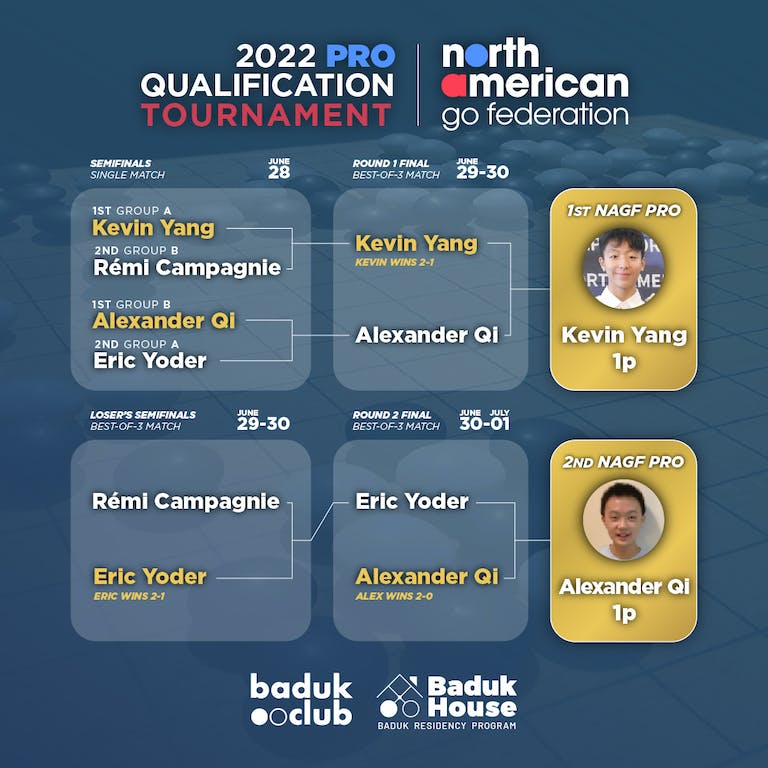
What’s Next for North American Go?
North America isn’t just hundreds of years behind the rest of the world in Go, it’s thousands of years behind.
It’s no surprise that North America is lagging behind the rest of the world in competitive play. In fact, Michael Redmond, the lone North American to reach 9 dan status, isn’t even a North American professional. Redmond became a professional in Japan in 1981, long before the first North American professional qualifier in 2012.
However, some North American professionals have been more successful in recent years. Ryan Li, a Go Instructor at the New York Institute of Go, is the first North American professional to reach 3 dan status, and Eric Lui, 2 dan, competes regularly in international tournaments.
So, despite the relatively small number of professionals on North America’s roster compared to other countries, there is room for optimism, especially for Yang and Qi’s futures.
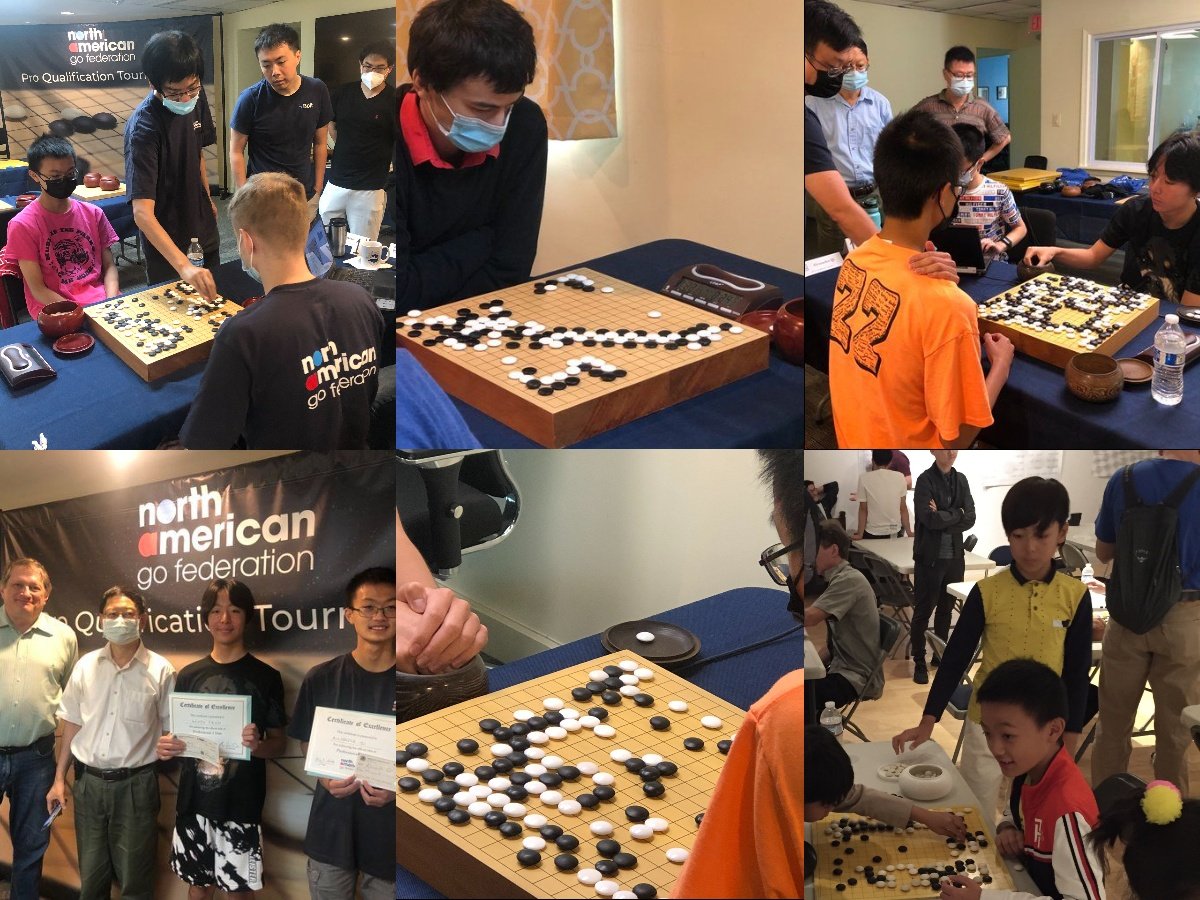

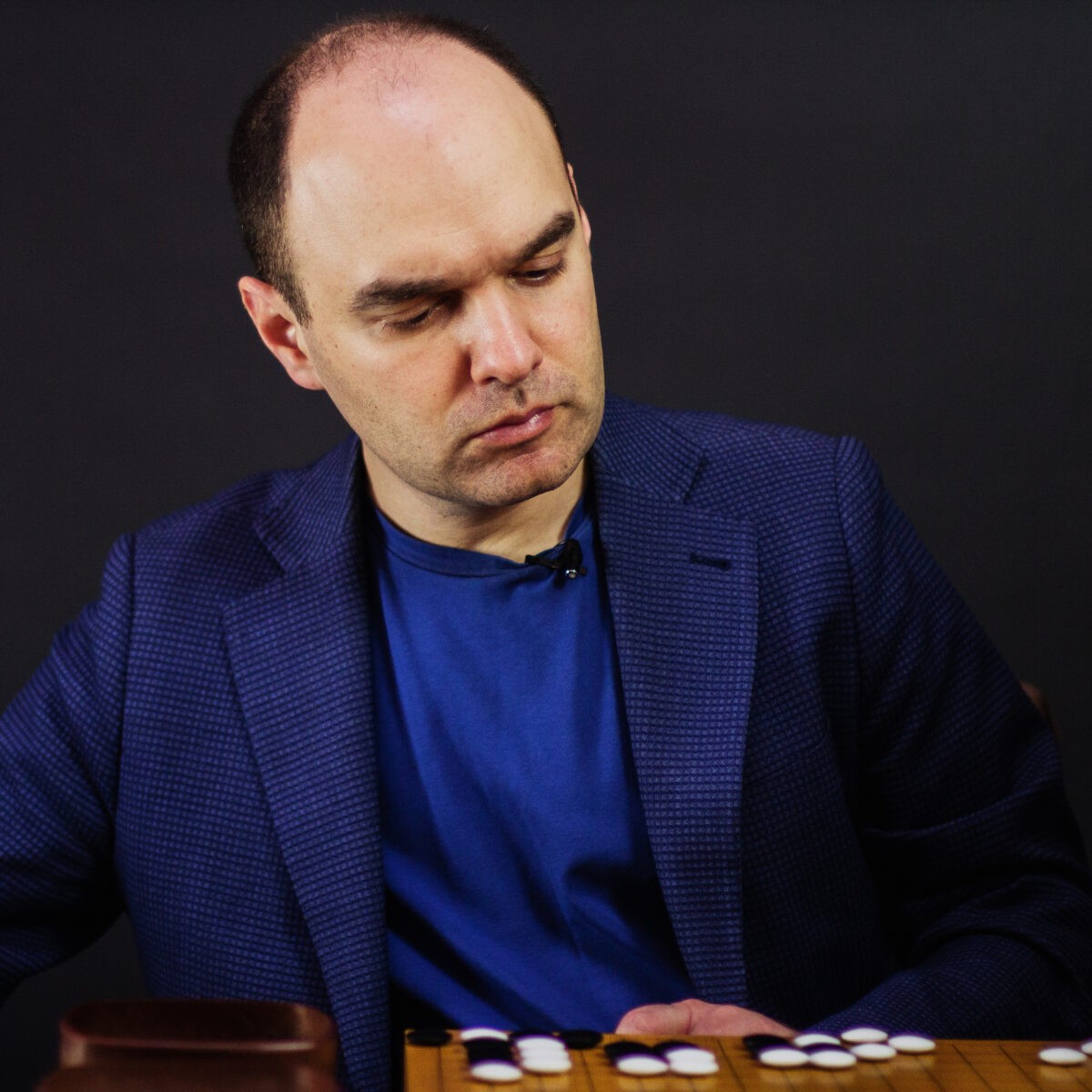
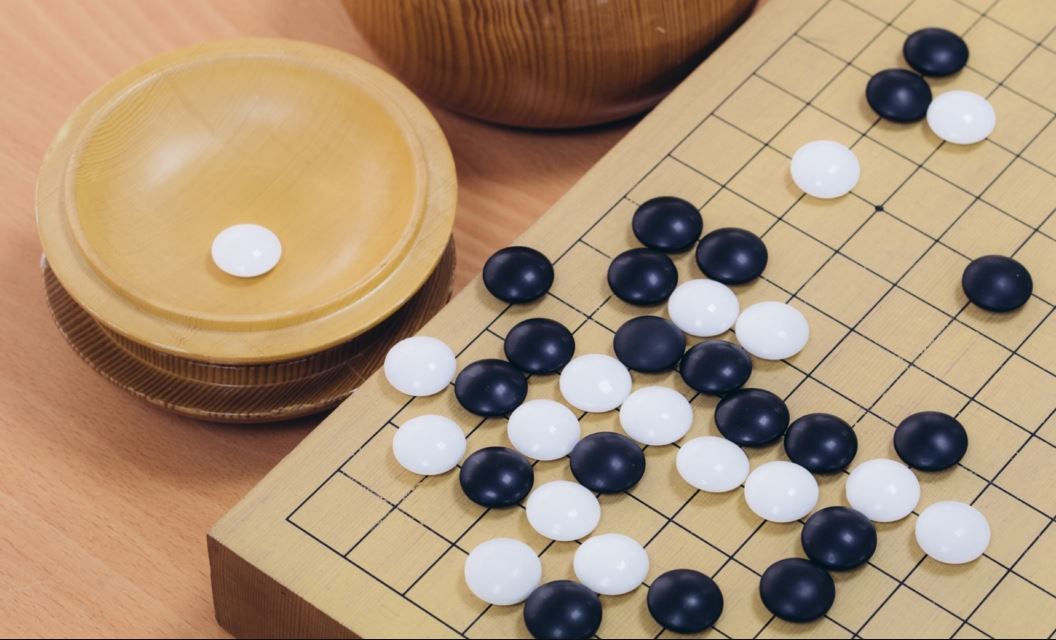
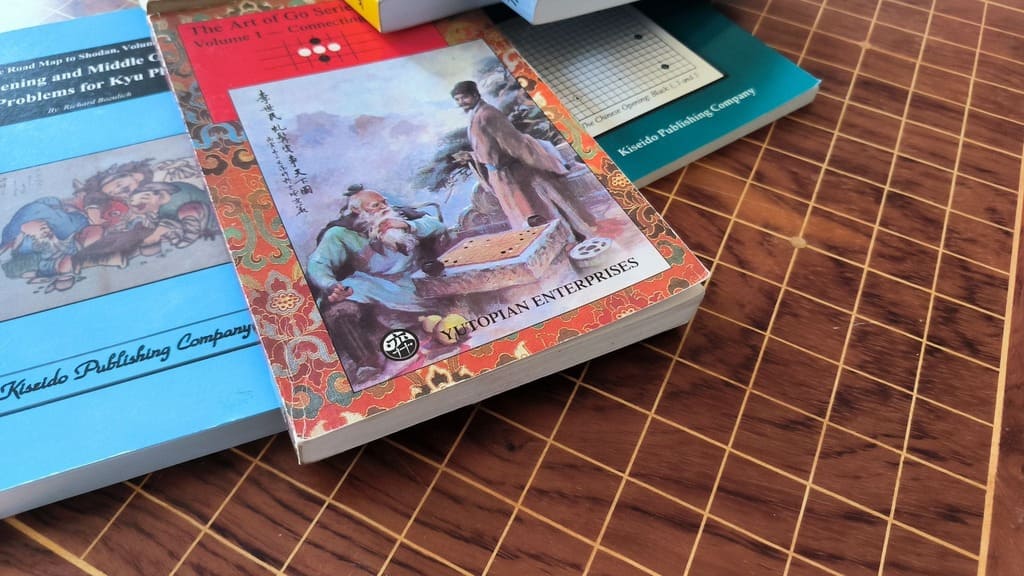
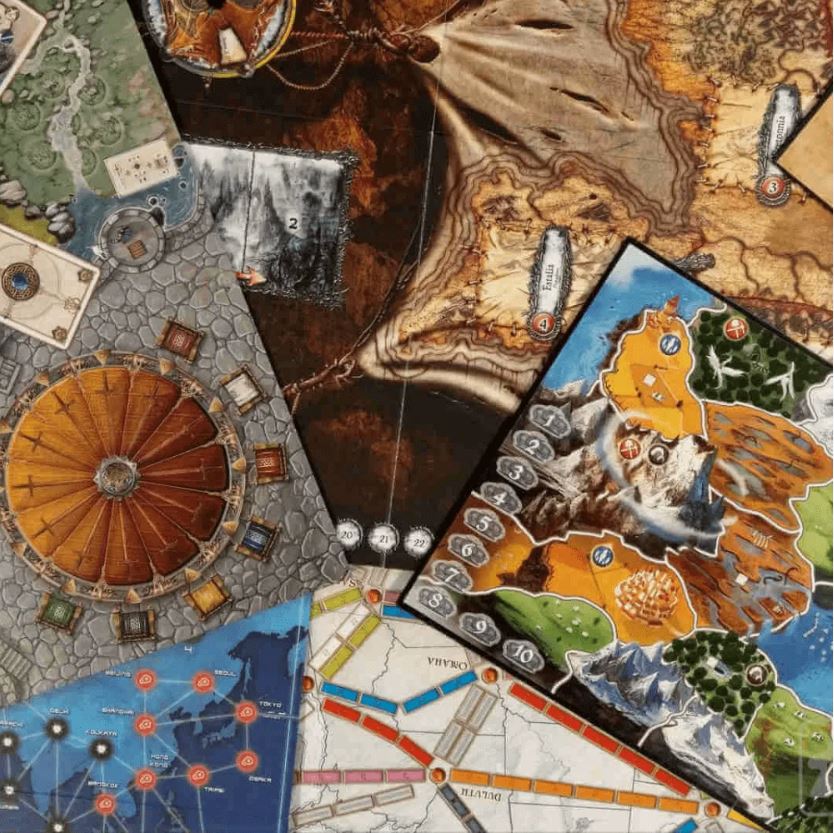
Leave a comment